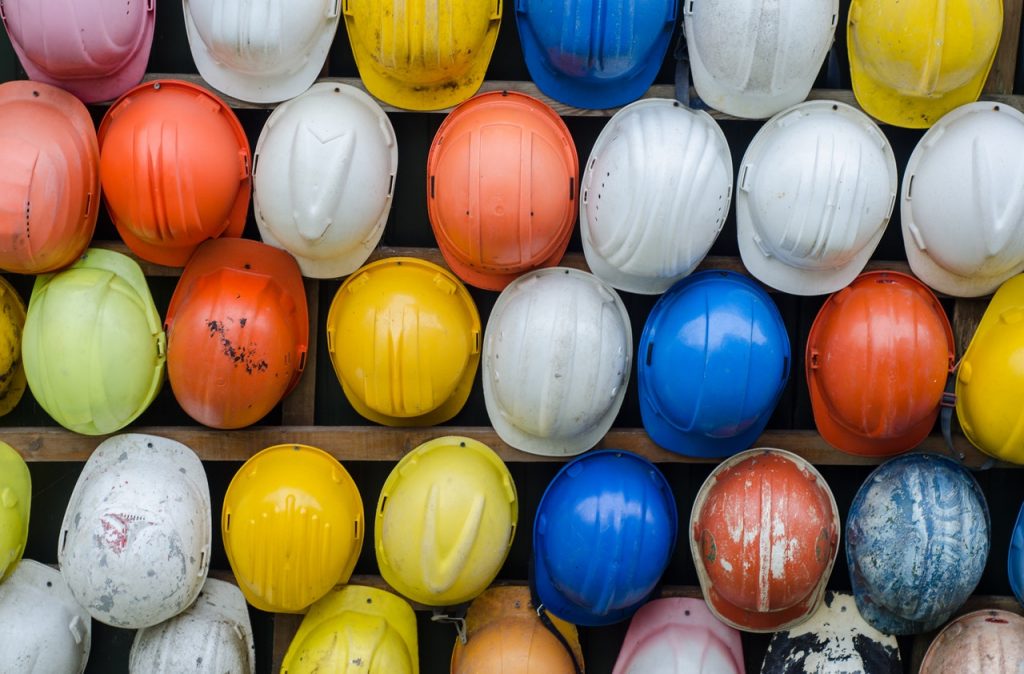When construction workers are not protected, who will complete the project? The importance of health and safety policies in construction sites can’t be over-emphasised. We know that construction jobs are dangerous; especially when it involves working from heights and operating heavy machinery such as large cranes. Health and safety policy enforcement is necessary to prevent many hazards that might affect workers. According to our in-house project management expert, we can use these safety tips to avoid construction hazards.
Conduct Proper Training
A construction site should have safety and security protocols that everyone must obey. Don’t forget that enforcement of sound safety policies might minimise cases of construction sites’ injuries and fatalities. Usually, health and safety experts are hired to supervise construction sites and mitigate the risk of hazards. It’s the responsibility of safety managers to train staff and ensure workplace safety. Crane hire companies that are involved in big projects also have to go through lots of paperwork and sign many contracts to ensure it is safe to operate on the site. Managers can draft and implement simple but effective safety programs. According to our worksite analysis, here’s the outline of a training plan.
- The training format should be comprehensive and easy to understand
- It should provide courses on how to use equipment safely
- It should cover areas of preserving health, safety, and the environment where workers operate
- There should be refresher courses for both old site workers and safety managers
- There should be induction courses for all employees before they work on site
- The training plan should involve the use of signs, potential hazards, videos, incidents reports, and safety risks.

Benefits of Health and Safety Policies
After developing a safety training plan, implementing the policy is essential because the construction site can quickly become a dangerous place. Let’s share some procedures that can save the life of anyone who engages in construction.
Safe Handling of Toxic and Hazardous Substances
Usually, some stages of construction involve the use of harsh chemicals or substances. Before handling these hazardous chemicals in the workplace, their containers must be adequately labelled. Apart from using a sign to show that a harmful material is fragile or toxic, these items should be isolated and described with a hazard warning. Exposure to chemicals like mercury, lead, asbestos, and silica can cause severe respiratory infections. So, the construction site’s safety policy should require Material Safety Data Sheets (MSDS) for every container of hazardous substances.
Don’t Use Damaged Equipment
According to the construction industry standard, equipment damage is a potential hazard. Safety managers should implement a policy that audits construction equipment, and damaged tools should be removed from the workplace. While working, there could be threats to health and safety when worn-out electric cables are not appropriately handled.
Prevention of Accidents from Environmental Conditions
Environmental conditions like hurricanes, floods, and torrential rains can cause structural failures of scaffolds and aerial ladders. Usually, construction work is suspended during extreme weather conditions to prevent hazards. As part of the site’s safety procedures, workers should be careful when environmental conditions threaten overhead platforms in their vicinity.
Unsafe Act Might Cause Fatalities
It’s crucial to reduce the level of hazard within a construction site because it’s easy to promote the health and safety of workers. When the construction site has clusters of dangerous objects lying about, it increases the risk of injuries. A slippery surface with grease or a massive work tool that drops from a height can reduce the number of working hours because of injuries. Everyone should make the workplace safe, and people should be penalised for promoting unsafe acts. While working at construction sites, workers should not consume illicit drugs or alcohol because it might affect their attention to potential hazards.




